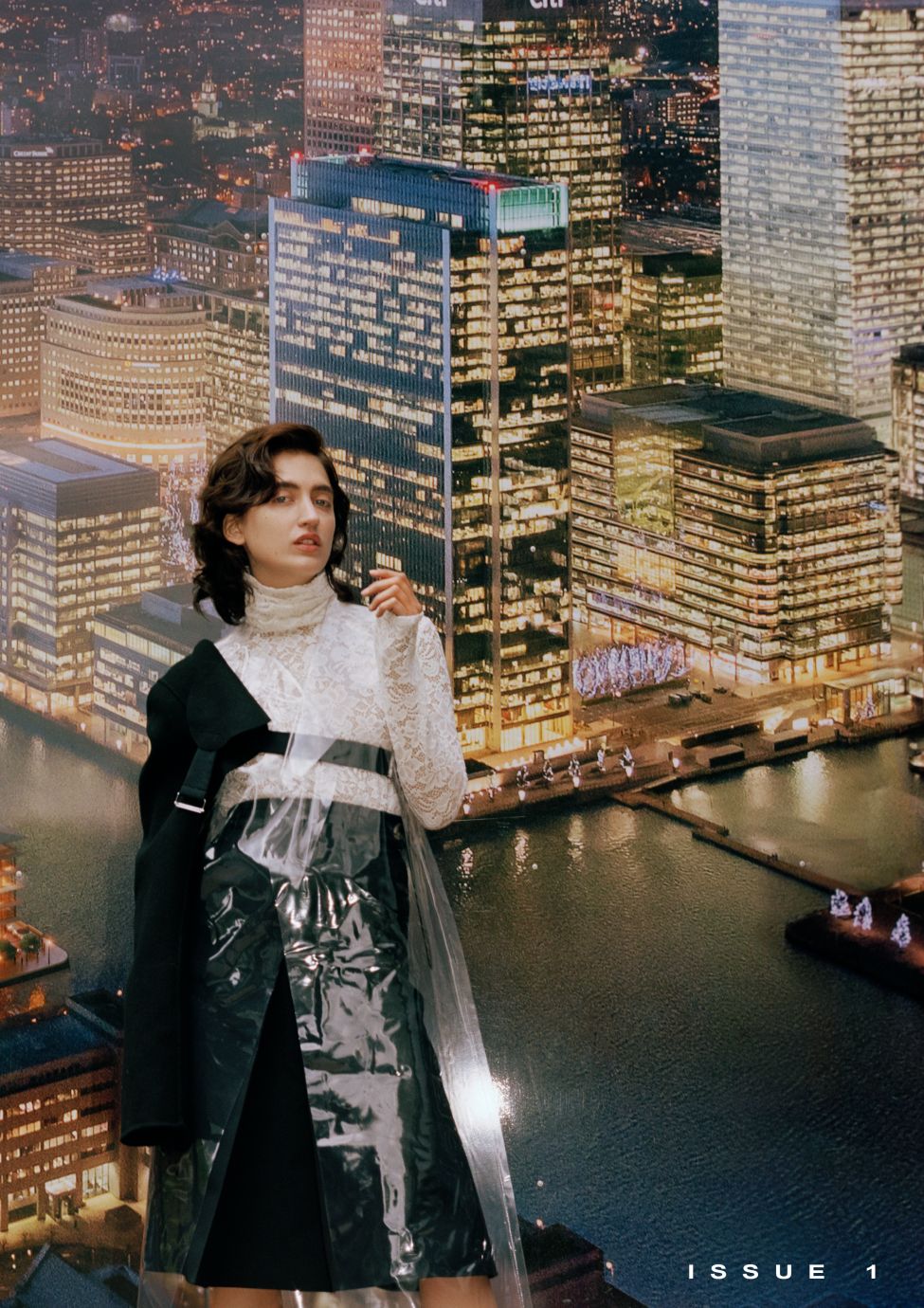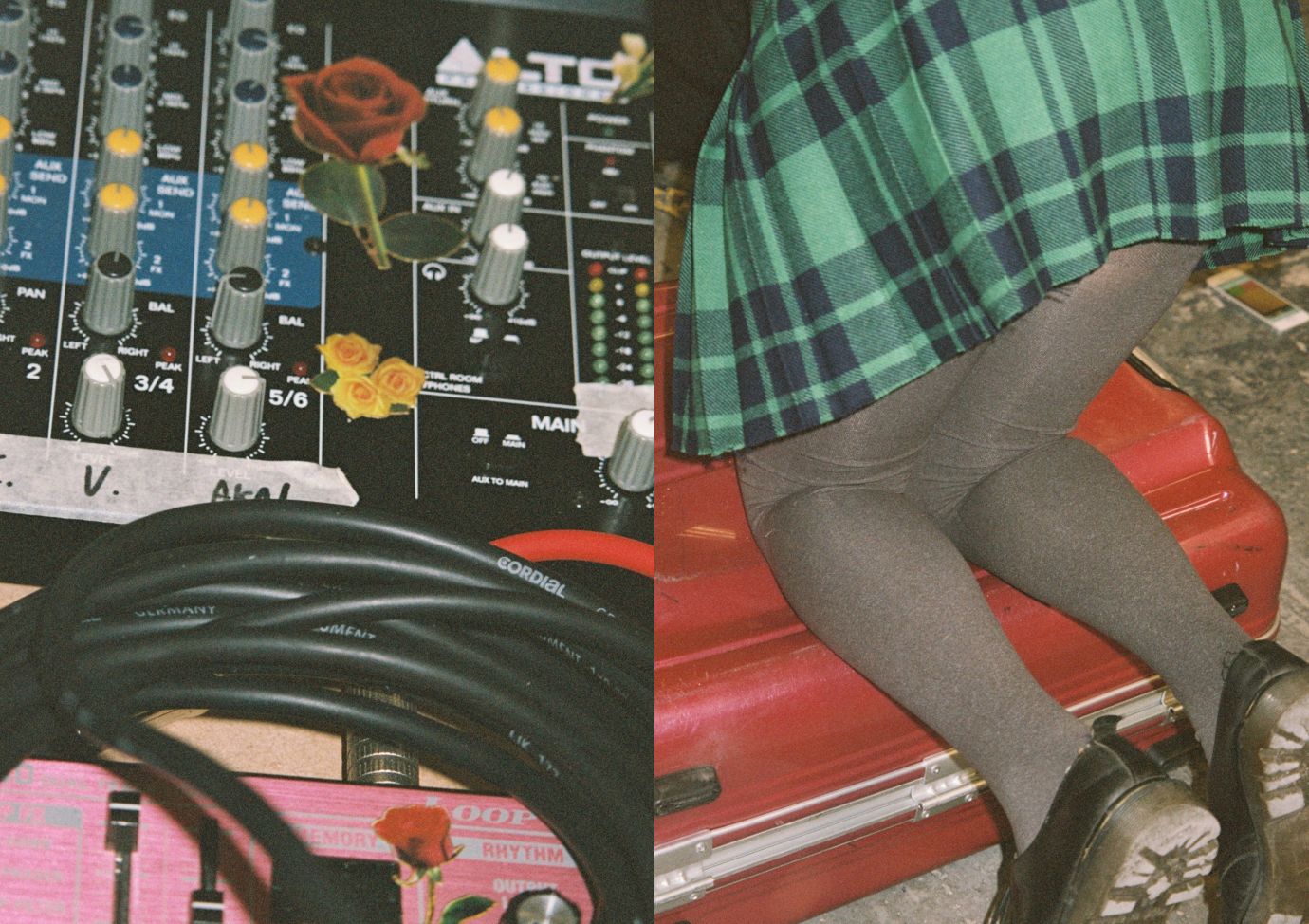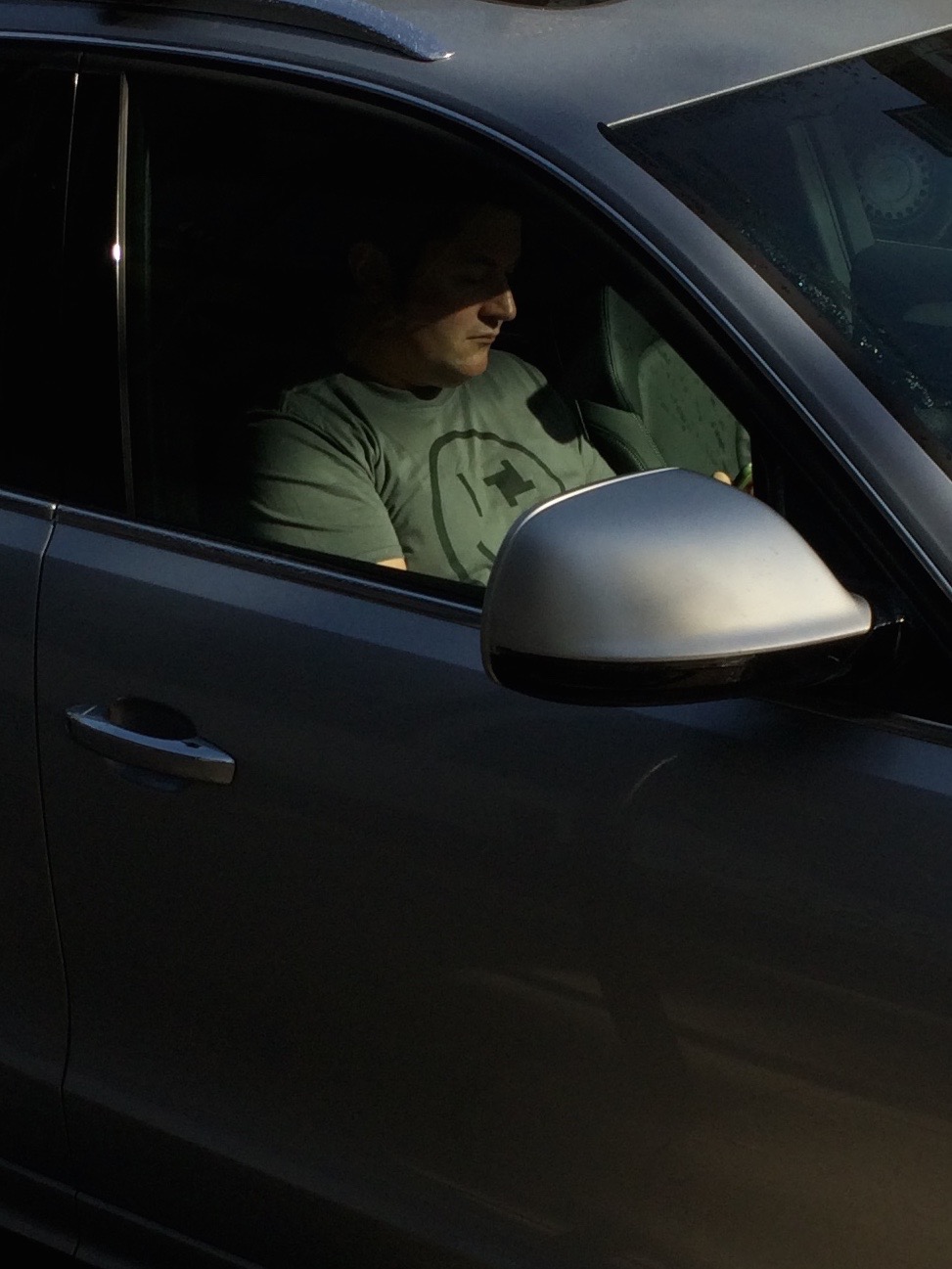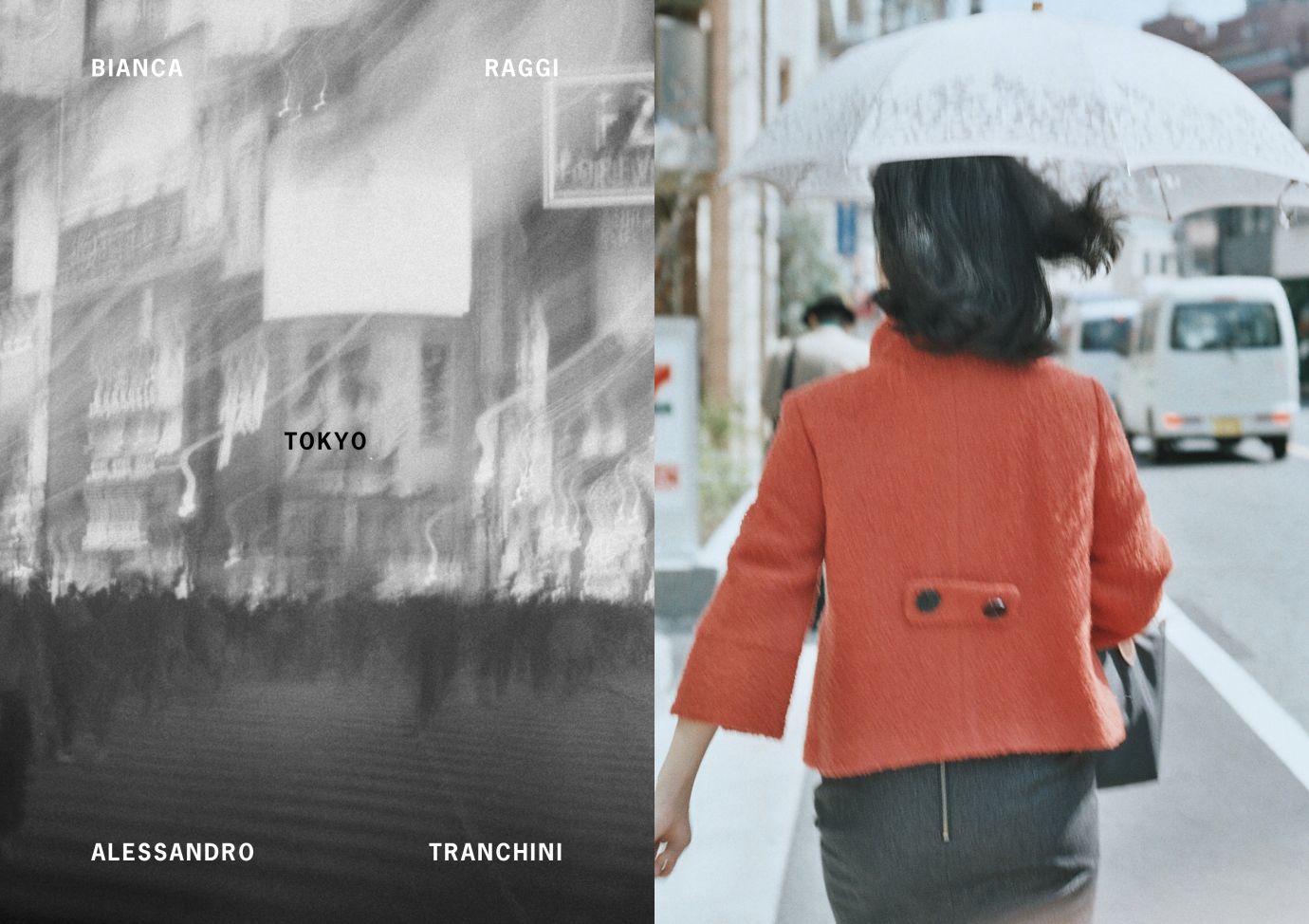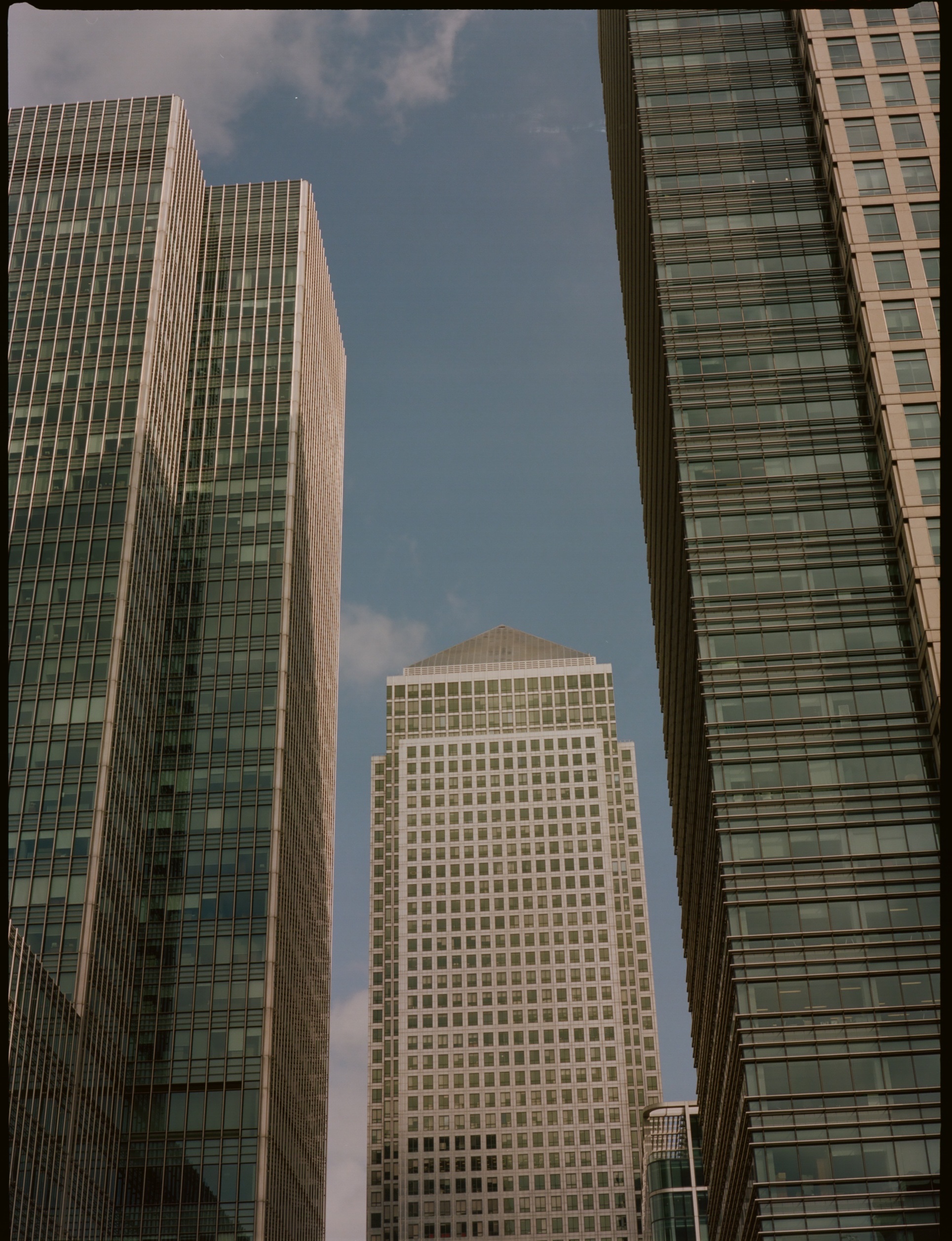Why was it important for you to start a magazine focussed on Japanese creatives?
Living in London and studying at CSM over the past few years made me realise how much Japanese culture/traditions were appreciated in some parts of the fashion/creative industry. It’s great to see our cultures and people being featured and introduced to the world more often as media/social media gets more influential. However, I feel that it’s still difficult, especially for young creatives, to get out of the country when they want to. There is a financial obstacle of course, but I think people in Japan are stuck in a huge bubble. There are many interesting things happening in the country, but we always get picked up by media overseas who tell our stories through their filter, and big media in Japan tends to just repeat what’s happening outside of Japan, especially in fashion. We admire what happens overseas, follow up with the latest trends and we are good at adopting them. However, I feel like we lack in the ability to send out our own messages outside of the country. One of the biggest reasons why that happens is due to the language barrier. It’s a fact that not a lot of people speak English in Japan. I really think it’s something that prevents us from reaching our full potential. That’s why it’s important for me, as a Japanese living in a foreign country, to make a magazine focused on Japanese creatives.
Could you tell us a bit about the artists you worked with / interviewed?
For the first issue, I worked with many people from different fields. Some were my friends, but some I’ve got to know through the magazine. The theme for the magazine was ‘The Address Issue’, and I wanted to explore how one’s address, be it their birth place or new home, affects people’s works and their values. Every contributor in the magazine worked and was interviewed under that angle. They all turned out very different according to each contributor’s point of view.
In terms of creatives in Japan, I collaborated with Saiko Otake on a zine that comes with the magazine. She is an artist based in Japan who graduated from CSM graphics. She uses different mediums and in every works she captures a unique point of view. The zine we made focuses on photographs she took in London and Uwajima, her hometown in Japan.
The magazine also features a photo documentary by Yoko Kusano, who is an emerging photographer in Japan. She flew over to London for the first time to document her stay. My friend, Eri Yoshikawa (who is also a FCP graduate) interviewed the curator/writer/director Jérôme Neutres, who is a consultant at the Grand Palais in Paris. It was an amazing opportunity to feature an interview with an established figure alongside the young creatives in the magazine. My favourite quote is: “Don’t think that everything has been said or done, or that there is nothing more to invent. Everything has to be created or recreated.”


